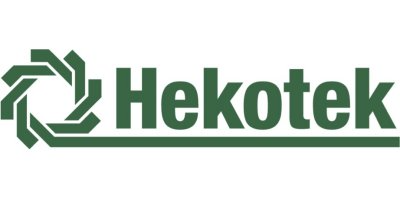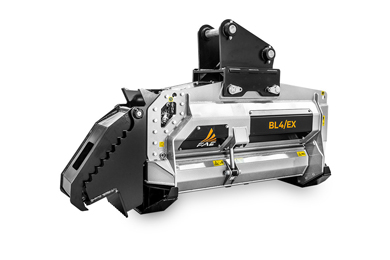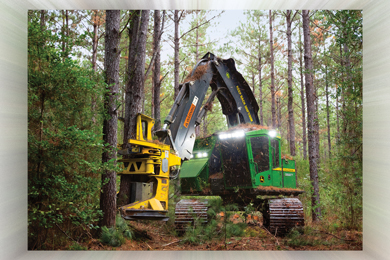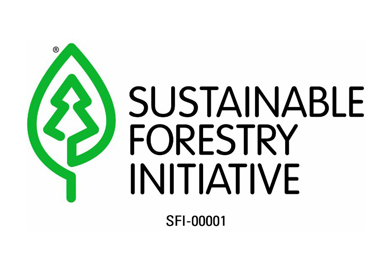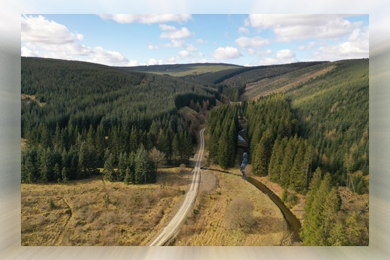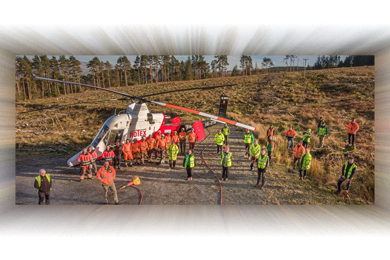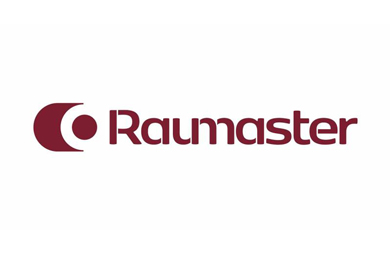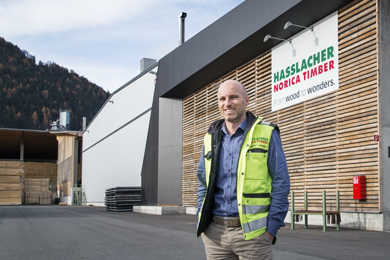Washington, D.C. and Ottawa, ON —The Sustainable Forestry Initiative Inc. (SFI) has developed new standards to support SFI’s leadership in offering solutions to some of the world’s most pressing sustainability challenges. SFI certification is a powerful tool to ensure healthy forests that mitigate climate impacts, are resilient to fire threats, and support a diversity of communities.
“SFI has the scale to make a difference with more than 375 million acres/152 million hectares certified to the SFI Forest Management Standard, and tens of millions more certified to the SFI Fiber Sourcing Standard,” says Kathy Abusow, SFI’s President and CEO. “Because the standards require independent, third-party audits, organizations that use them are responding to the ESG expectations of investors, customers, and communities.”
Requirements for a new SFI Climate Smart Forestry Objective are one of the highlights of the new standards. Forests play a central role in the carbon cycle and with proper management, can be one of the most effective nature-based solutions to the climate crisis. SFI-certified organizations will now be required to ensure forest management activities address climate change adaptation and mitigation measures.
“Our hopes to mobilize forests for climate will depend on influencing forest practices across as many acres as possible, helping to infuse them with science-based approaches to achieve resilient carbon sequestration and healthy forests for our future,” said Jad Daley, President and CEO of American Forests. “Forest certification is the dream device to make this connection with landowners across North America, and SFI has done an outstanding job of assuring that this new SFI standard will help catalyze the climate-smart forestry we need.”
SFI is elevating its role in addressing fire by introducing a new SFI Fire Resilience and Awareness Objective. Forest fires have long played a role in the evolution and function of natural ecosystems, but we are now seeing an increase in catastrophic fires that have dire consequences for our forests, wildlife, and communities. SFI-certified organizations are now required to limit susceptibility of forests to undesirable impacts of wildfire and to raise community awareness of fire benefits, risks, and minimization measures.
An important component of the SFI standards is Objective 8, Recognize and Respect Indigenous Peoples’ Rights. The SFI standards promote respect for Indigenous Peoples’ rights, representative institutions, and traditional knowledge, and are aligned with the principles of the United Nations Declaration on the Rights of Indigenous Peoples. Specific measures require that SFI-certified organizations are aware of traditional forest-related knowledge, such as known cultural heritage sites, the use of wood in traditional buildings and crafts, and flora that may be used in cultural practices for food, ceremonies, or medicine.
“The SFI standard requires organizations to recognize and respect Indigenous Peoples’ rights and traditional knowledge,” says Lenny Joe, President, Scw’exmx Tribal Council. “SFI’s programs and certification requirements are unique in that they focus on relationship building that creates trust. This is important to many Indigenous communities like mine and a reason for SFI’s earned respect and growth.”
SFI’s standards are built on mutual trust and engagement. They help SFI-certified organizations meet societal expectations by ensuring that important issues such as civil rights, equal employment opportunities, gender equality, diversity inclusion, and anti-discrimination and anti‑harassment measures are addressed.
SFI revises and updates the SFI standards to incorporate the latest scientific information, respond to emerging issues, and ensure continual improvement. This open and transparent process began in 2019 and included engagement with the conservation community, Indigenous communities, the forest products sector, brand owners, private forest landowners and public forest managers, government agencies, trade associations, landowner associations, academia, and the public. The SFI Board of Directors approved the SFI 2022 Standards and Rules at their April 2021 meeting.
About the Sustainable Forestry Initiative® Inc.
SFI advances sustainability through forest-focused collaborations. We are an independent, non‑profit organization that leverages four interconnected pillars of work: standards, conservation, community, and education. SFI works with the forest sector, conservation groups, academics, researchers, brand owners, resource professionals, landowners, educators, local communities, Indigenous Peoples, and governments. Collaborating with our network, we leverage SFI-certified forests and products as powerful tools to help solve sustainability challenges such as climate action, conservation of biodiversity, education of future generations, and sustainable economic development. Learn more: forests.org.
Media Contact
Daniel Pellegrom
Vice President, Communications
Sustainable Forestry Initiative
202-596-3452 / daniel.pellegrom@forests.org
Standards Contact
Jason Metnick
Senior Vice President, Customer Affairs
Sustainable Forestry Initiative
602-374-6539 / jason.metnick@forests.org




